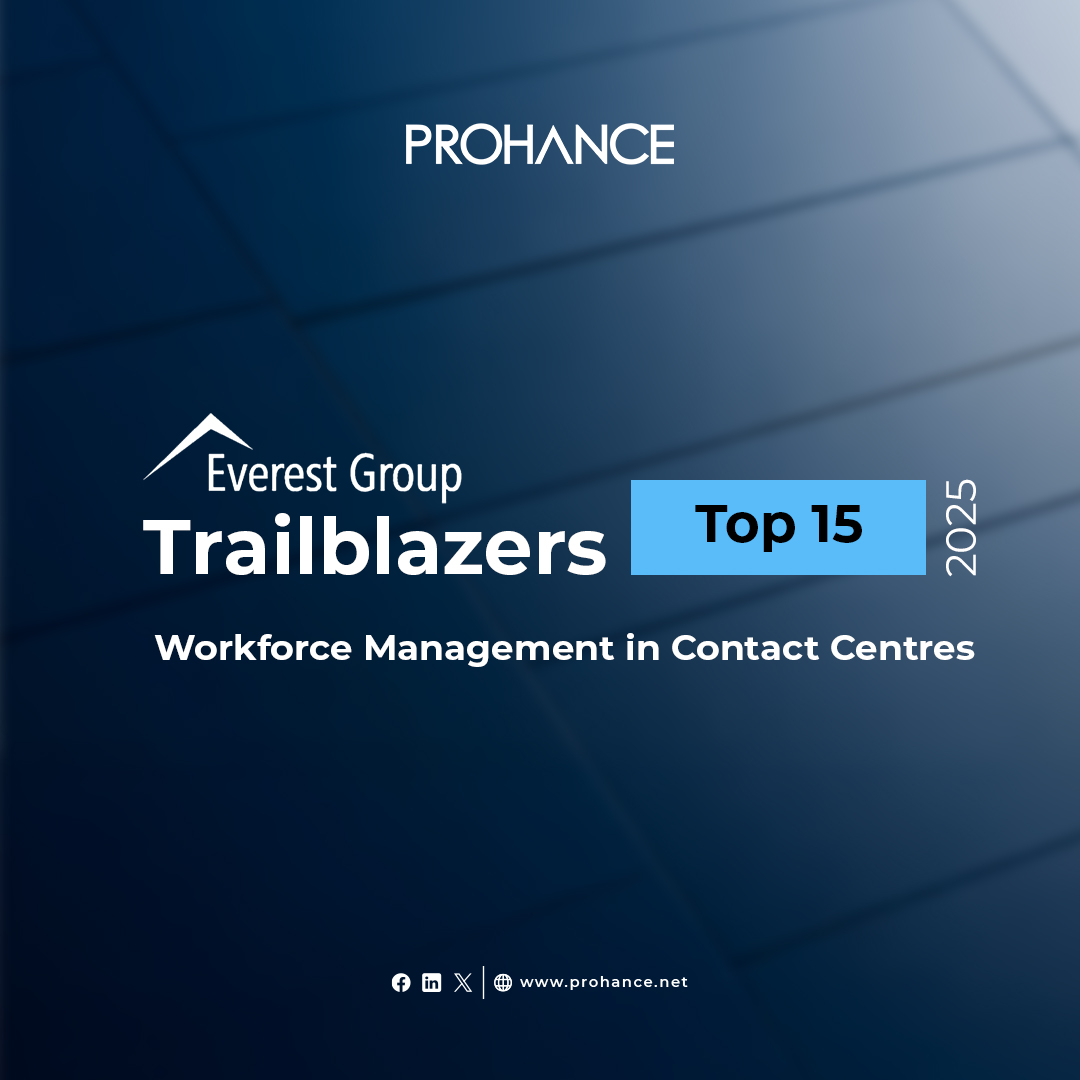Flexible Working: Does It Really Boost Employee Productivity?
Table of Contents
- What is Flexible Work?
- What is a Flex Work Schedule?
- Types of Flexible Work Schedules
- The Link Between Flexible Working and Productivity
- Do Flexible Work Hours Improve Employee Productivity?
- Benefits of Flexible Work Schedules
- How ProHance Empowers Flexible Working Environments?
- Best Practices for Implementing Flexible Work Schedules
- Final Verdict: Is Flex Work the Future of Productivity?
- Conclusion
- FAQs
It’s Tuesday morning, and Sarah logs in to work from her kitchen table while sipping coffee. Meanwhile, Miguel has been at the office since 7 AM so he can leave early for his daughter’s soccer game. Across town, Priya splits her workweek between home and headquarters, having compressed her 40 hours into four days. Welcome to the new normal.
Remember when we all rushed home in early 2020, grabbing monitors and office chairs, thinking it would be for just a few weeks? Little did we know we were witnessing the birth of a workplace revolution. What started as crisis management has transformed into something far more intentional.
But here’s what keeps CEOs and team leaders up at night: Do flexible work hours actually make employees more productive, or are we just making everyone feel good?
What is Flexible Work?
Flexible work is the opposite of the traditional 9-to-5 model, where employees clock in and out at the same times and locations. Flexible work gives people a say over their when, where, and how. Some days, that might mean working from home; other days, it’s about ducking out early for a dentist appointment without the guilt trip.
Elena Navarro, who’s spent 15 years studying workplace dynamics, put it perfectly: “Look, flexibility isn’t about wearing pajamas and occasionally checking email. True flexibility creates an environment where people can do their absolute best work while still being humans with complex lives outside their jobs.”
Flexible work isn’t one-size-fits-all. It might mean adjustable hours, location independence, or both. The core principle is empowering employees with autonomy while maintaining (or improving) organizational outcomes.
What is a Flex Work Schedule?
A flex work schedule is a formal arrangement that allows employees to have working hours or locations outside the traditional structure. These arrangements can be permanent or occasional, company-wide or individualized.
The beauty of flex schedules is their adaptability—what works for a software developer might differ from what suits a sales representative or customer service specialist.
Types of Flexible Work Schedules
Organizations have developed numerous approaches to flexible working, each with distinct characteristics:
- Flextime allows employees to choose their working start and end times, sometimes with designated “core hours” when everyone must be available.
- Telecommuting/Remote work enables working from locations outside the traditional office—be it home, a café, or a co-working space.
- Compressed workweeks involve completing full-time hours in fewer days—like working four 10-hour days instead of five 8-hour days. This gives employees longer weekends while maintaining full productivity.
- Job sharing splits one full-time position between two part-time employees. For example, one person might work Monday through Wednesday morning, while another covers Wednesday afternoon through Friday.
- Part-time flexibility combines reduced hours with flexible scheduling—perfect for parents, caregivers, or those pursuing education alongside work.
The common thread? Each model breaks away from rigid industrial-era paradigms to accommodate modern workforce needs.
The Link Between Flexible Working and Productivity
When examining flexible working and productivity, the data tells an interesting story. Stanford University study reveals that remote workers showed a 13% performance increase compared to their office-bound counterparts. Meanwhile, Gallup research found that employees with flexible arrangements reported 41% lower absenteeism and 21% higher profitability.
HR Director at GlobalTech observed: “During our six-month flexible work pilot, we tracked everything from meeting outcomes to project completions. What surprised us most wasn’t that productivity was maintained—it was that quality metrics actually improved.”
The productivity boost seems to stem from several factors:
- Reduced commute stress and time savings
- Fewer office distractions and interruptions
- Better alignment between work and personal energy peaks
- Higher job satisfaction translates to greater engagement
That said, correlation doesn’t always equal causation. Companies experiencing success with flexible work typically implement robust communication protocols and performance tracking alongside their flexibility initiatives.
Do Flexible Work Hours Improve Employee Productivity?
Let’s examine both perspectives:
The case for improved productivity:
When manufacturing firms introduced flexible start times, production line errors decreased by 17%. Their secret? Allowing night owls and early birds to work when they’re naturally most alert. Work-life integration also drives productivity.
Challenges:
Not every flexible arrangement succeeds. Common pitfalls include:
- Home distractions undermine the focus
- Communication gaps between in-office and remote workers
- Difficulty separating work and personal time
- Inconsistent management approaches
“The difference between successful and failed flexibility programs often comes down to accountability,” notes workspace consultant James Wilson. “Organizations need visibility into outcomes regardless of when and where work happens.”
This is where workforce analytics platforms like ProHance become invaluable, providing the visibility needed to make flexibility work effectively.
Benefits of Flexible Work Schedules
Beyond productivity, flexible work schedules offer numerous advantages for both employees and organizations:
- Talent attraction and retention: In the current competitive market, flexibility ranks among the top three priorities for job seekers. Companies like Deloitte report 35% better retention rates after implementing flexible policies.
- Reduced overhead costs: With fewer people in the office simultaneously, businesses can decrease real estate expenses.
- Enhanced workforce diversity: Flexibility opens doors for parents, caregivers, people with disabilities, and others who might struggle with rigid schedules.
- Environmental impact: Fewer commutes mean reduced carbon emissions—something both employees and organizations increasingly value.
- Improved emergency preparedness: Organizations with established flexible work protocols weathered pandemic disruptions more gracefully than their less adaptable peers.
How ProHance Empowers Flexible Working Environments?
As flexibility becomes standard, organizations need robust systems to maintain productivity and accountability. ProHance’s workforce analytics platform offers comprehensive solutions for businesses navigating this transition.
| ProHance Features | Flexible Work Benefit |
| Activity tracking | Provides visibility into productive hours regardless of location |
| Automated time reporting | Eliminates manual timesheets while respecting privacy |
| Performance analytics | Focuses management on outcomes rather than hours spent |
| Workload balancing | Ensures equitable distribution among remote and in-office staff |
| Collaboration metrics | Identifies communication gaps in hybrid environments |
“Before implementing ProHance, we struggled to maintain consistency across our hybrid teams,” admits operations director Thomas Leung. “Now we have objective productivity metrics that make location irrelevant to performance evaluation.”
Best Practices for Implementing Flexible Work Schedules
For organizations considering expanded flexibility, consider these proven approaches:
- Start with clear outcome expectations rather than activity monitoring.
- Implement the right technology infrastructure before rolling out flexible policies.
- Train managers specifically on leading distributed teams
- Establish communication norms that accommodate various schedules.
- Collect and analyze productivity data to refine your approach.
Most importantly, flexibility is viewed as an ongoing experiment requiring refinement rather than a one-time policy change.
Final Verdict: Is Flex Work the Future of Productivity?
The evidence strongly suggests that well-implemented flexible work arrangements enhance productivity rather than diminish it. However, success depends on thoughtful implementation, appropriate technology support, and cultural readiness.
As workplace researcher Dr. Amelia Martinez puts it: “Organizations treating flexibility as a strategic advantage rather than an employee perk see the greatest productivity gains.”
Conclusion
Let’s be real—we’re not going back to 2019. We’ve spent the last three years talking with hundreds of business leaders, and even the most traditional companies have accepted that flexible work is here to stay.
When properly supported by tools like ProHance that provide necessary visibility and analytics, flexible arrangements can simultaneously boost productivity, improve employee satisfaction, and strengthen organizational resilience.
Ready to optimize your flexible workforce? Discover how ProHance’s comprehensive analytics platform can help your organization thrive in the new world of work.
FAQs
Won’t people just slack off if they’re not in the office?
People who want to slack off will find ways to do it, whether they’re at home or sitting right in front of you pretending to look busy while actually shopping online.
The difference is that with good flexibility implementations and tools like ProHance, you’re measuring actual output—not just time spent looking productive.
We tried flexible schedules, and productivity tanked. What went wrong?
Failure usually comes down to three things:
- You implemented flexibility without accountability (this is where proper tracking tools are important)
- Your managers weren’t trained to lead remote/flexible teams.
- You didn’t fix your broken communication processes first.






